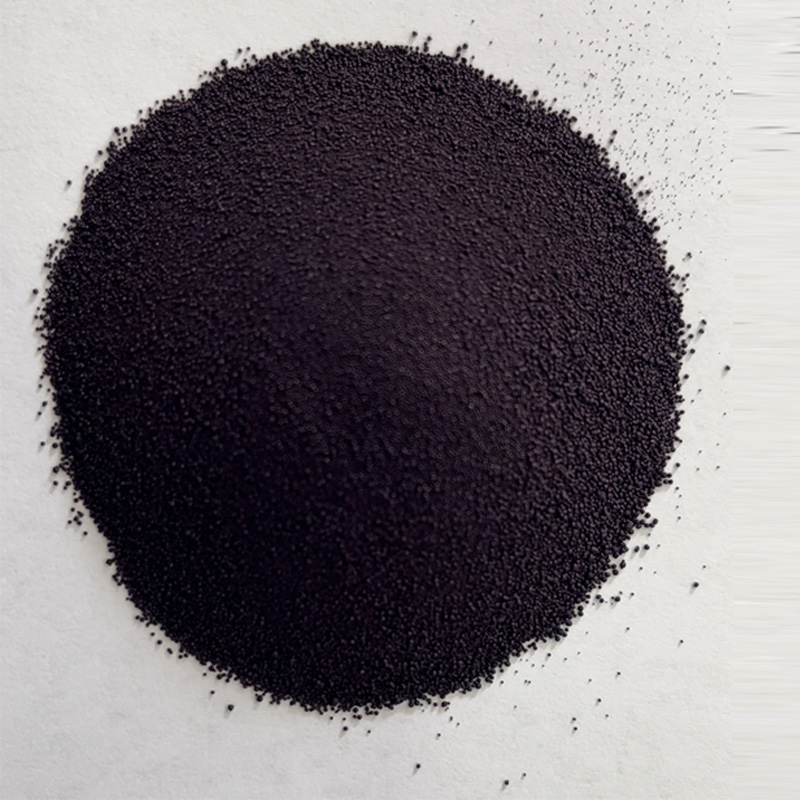Exploring the Rich History and Cultural Significance of Natural Indigo Dye in Textiles
The Timeless Elegance of Natural Indigo Dye for Fabric
Indigo dyeing has been a cherished tradition for centuries, with its roots deeply embedded in various cultures around the globe. The striking blue hue produced by natural indigo dye is not merely a color; it embodies a blend of artistry, history, and sustainable practices that continue to enchant fabric enthusiasts today.
Natural indigo dye is derived from the leaves of the Indigofera plant, which thrives in warm climates. The process of extracting dye from these leaves is intricate and labor-intensive, often involving fermentation and oxidation. This traditional method of dyeing has been practiced for thousands of years, with evidence of indigo dyeing found in ancient Egypt, India, and Japan. Each culture has developed its unique techniques, resulting in a diverse range of shades and textures.
The Timeless Elegance of Natural Indigo Dye for Fabric
The revival of interest in natural dyes in recent years speaks to a growing awareness of sustainability and environmental impact. Unlike synthetic dyes, which can contain harmful chemicals and heavy metals, natural indigo is non-toxic and biodegradable. The use of natural indigo supports sustainable farming practices, as the cultivation of Indigofera promotes biodiversity and can be integrated into crop rotation systems. Moreover, the traditional methods of dyeing often utilize minimal water and energy, making it an eco-friendly choice for textile production.
famous natural indigo dye for fabric

Beyond its ecological benefits, the allure of natural indigo extends to its cultural significance. Many indigenous communities around the world see indigo not just as a visual design element but as a symbol of heritage and identity. In regions like West Africa, indigo dyeing has become a way to preserve ancient traditions and modernize them to suit contemporary tastes. Fabrics dyed with natural indigo tell stories, capturing the essence of the places and peoples that produce them.
In the fashion industry, there is a rising appreciation for handmade, artisanal pieces, particularly those crafted with natural indigo. Designers increasingly turn to these textiles to create unique, sustainable fashion items that resonate with consumers seeking authenticity and craftsmanship. The charm of natural indigo lies not only in its aesthetic appeal but also in the narrative behind each piece—each garment is imbued with the skills and spirit of the artisans who crafted it.
Moreover, indigo dyeing encourages creativity and innovation. Artisans continually experiment with different techniques, such as shibori (a Japanese tie-dye method), to create stunning, one-of-a-kind patterns. This blend of tradition and modernity invites consumers to appreciate the artistry involved in their clothing, making the purchase of a natural indigo-dyed fabric a meaningful investment.
In conclusion, natural indigo dye for fabric represents more than just a dyeing technique; it is a celebration of tradition, sustainability, and cultural connection. As consumers become more conscious of the origins and impacts of their clothing, the allure of natural indigo will likely continue to flourish. The timeless elegance of indigo dye not only adds a touch of beauty to textiles but also fosters a deeper appreciation for the artisan crafts that have stood the test of time. Embracing natural indigo is not just a fashion statement—it's a step towards a more sustainable and culturally rich future.
-
The Timeless Art of Denim Indigo Dye
NewsJul.01,2025
-
The Rise of Sulfur Dyed Denim
NewsJul.01,2025
-
The Rich Revival of the Best Indigo Dye
NewsJul.01,2025
-
The Enduring Strength of Sulphur Black
NewsJul.01,2025
-
The Ancient Art of Chinese Indigo Dye
NewsJul.01,2025
-
Industry Power of Indigo
NewsJul.01,2025
-
Black Sulfur is Leading the Next Wave
NewsJul.01,2025

Sulphur Black
1.Name: sulphur black; Sulfur Black; Sulphur Black 1;
2.Structure formula:
3.Molecule formula: C6H4N2O5
4.CAS No.: 1326-82-5
5.HS code: 32041911
6.Product specification:Appearance:black phosphorus flakes; black liquid

Bromo Indigo; Vat Bromo-Indigo; C.I.Vat Blue 5
1.Name: Bromo indigo; Vat bromo-indigo; C.I.Vat blue 5;
2.Structure formula:
3.Molecule formula: C16H6Br4N2O2
4.CAS No.: 2475-31-2
5.HS code: 3204151000 6.Major usage and instruction: Be mainly used to dye cotton fabrics.

Indigo Blue Vat Blue
1.Name: indigo blue,vat blue 1,
2.Structure formula:
3.Molecule formula: C16H10N2O2
4.. CAS No.: 482-89-3
5.Molecule weight: 262.62
6.HS code: 3204151000
7.Major usage and instruction: Be mainly used to dye cotton fabrics.

